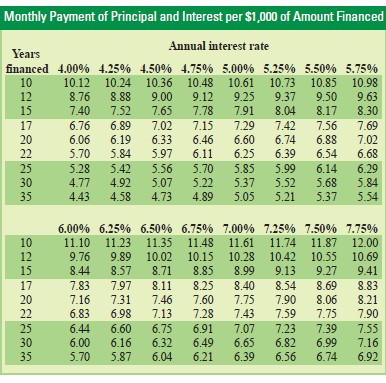Use the graph of y =  to solve the equation
to solve the equation  where
where  and y2 represent linear functions.
and y2 represent linear functions.
A. {3}
B. {0}
C. {5}
D. {2.5}
Answer: D
You might also like to view...
Use the linear approximation (1 + x)k ? 1 + kx, as specified.Find an approximation for the function f(x) =  for values of x near zero.
for values of x near zero.
A. f(x) ? 

B. f(x) ? 

C. f(x) ? 

D. f(x) ? 6 - 
Identify the problem with the method used to obtain a random sample.Rachel is interested in the opinions of teachers in her city regarding discipline in schools. She obtains a sample of 99 teachers as follows: from each of the 9 schools in her neighborhood she selects 11 teachers by writing the names of the school's teachers on slips of paper, putting the slips in a bag, mixing them thoroughly, closing her eyes, and picking 11 slips of paper.
A. The sample will be biased because she is choosing teachers only from the 9 schools in her neighborhood. Teachers from other schools have no chance of being selected. Teachers from schools in her neighborhood will not be representative of all teachers in the city. B. The sample will be biased because the neighborhood from which to obtain the sample of teachers was not chosen at random. Rachel should write the names of the neighborhoods on slips of paper, put the slips in a bag, mix them thoroughly, close her eyes and pick a slip from the bag. She should then choose 11 teachers at random from each school in the neighborhood selected. C. The sample will be biased because when she picks slips of paper from the bag, some teachers have a greater chance of being selected than others.
Solve the problem. Damien Wood has a 15-year home mortgage of $68,500 at 7.00% interest and will pay $334 annual insurance premium. His annual property tax will be $1258. Find her monthly PITI payment.
Damien Wood has a 15-year home mortgage of $68,500 at 7.00% interest and will pay $334 annual insurance premium. His annual property tax will be $1258. Find her monthly PITI payment.
A. $663.54 B. $748.48 C. $615.82 D. $767.66
Solve.The population in a particular country is growing at the rate of 1.4% per year. If 2,546,000 people lived there in 1999, how many will there be in the year 2005? Use the equation to solve and round to the nearest ten-thousand
to solve and round to the nearest ten-thousand
A. Approximately 2,710,000 people B. Approximately 3,050,000 people C. Approximately 2,770,000 people D. Approximately 3,320,000 people